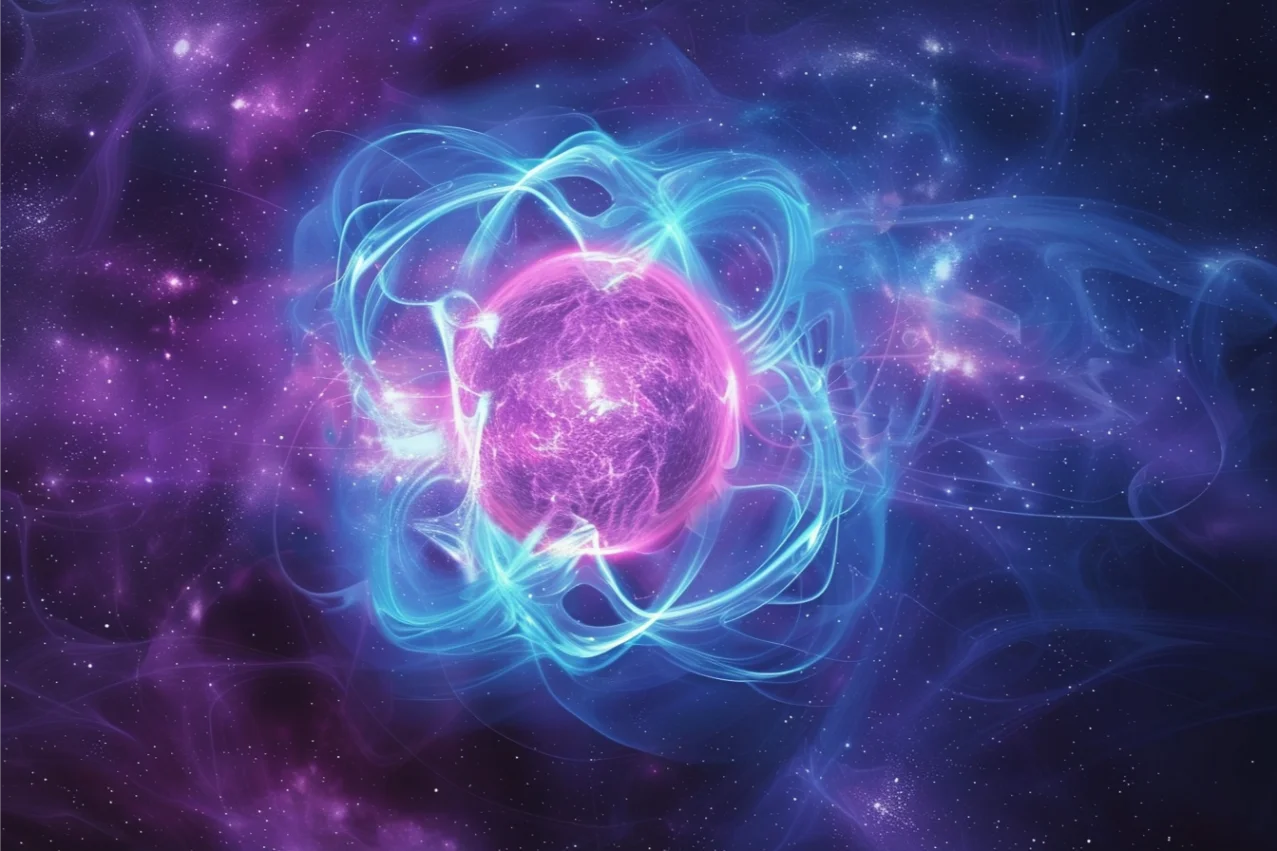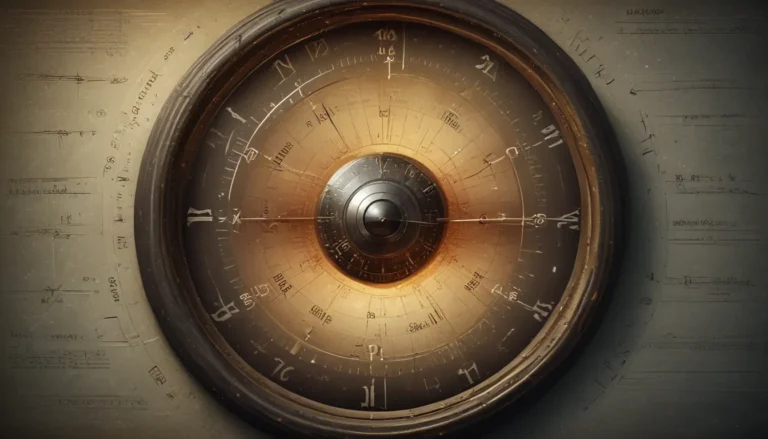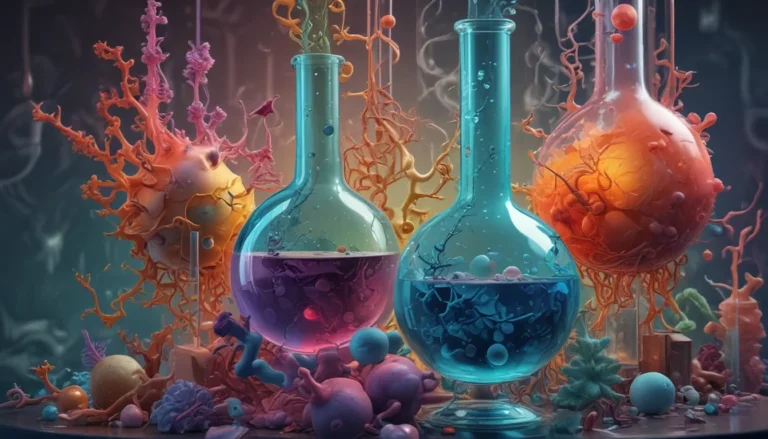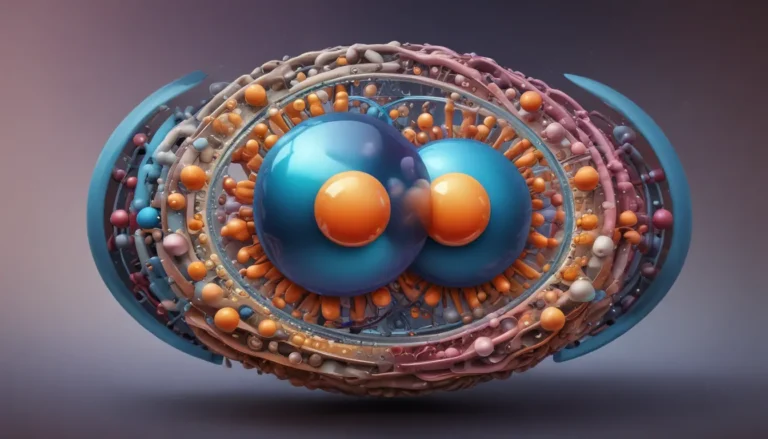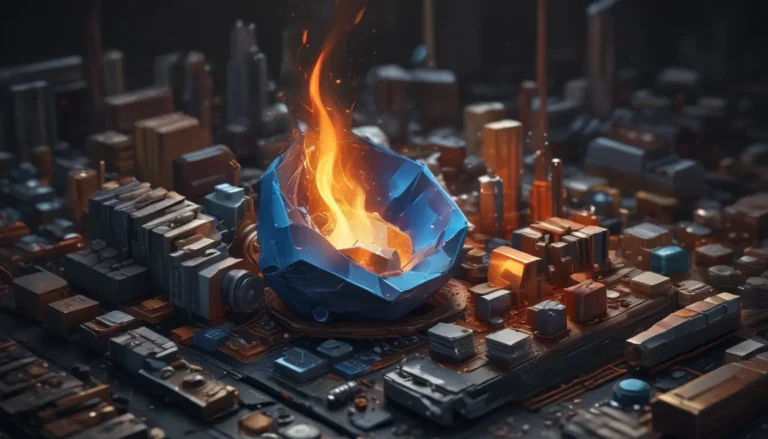A Note About Images: The images used in our articles are for illustration purposes only and may not exactly match the content. They are meant to engage readers, but the text should be relied upon for accurate information.
Are you curious to uncover the secrets of fission, the incredible process that shapes our world? Prepare to be mesmerized as we delve into the astonishing realm of nuclear reactions. Fission, the splitting of atomic nuclei, is not just a scientific concept; it’s a force of nature that has revolutionized energy production, medicine, and space exploration. Join us on this enlightening journey as we unveil remarkable facts about fission that will leave you in awe of the profound power hidden within the nucleus of an atom. Buckle up and get ready to explore the captivating world of fission like never before.
Illuminating Insights:
Unveiling the Wonders of Fission:
Fission, a crucial scientific discovery, involves the splitting of atomic nuclei to release an immense amount of energy. Let’s unravel some key aspects of this captivating process:
The Genesis of Fission:
Fission was first unveiled in 1938 by German scientists Otto Hahn and Fritz Strassmann, who observed the splitting of uranium atoms, laying the foundation for groundbreaking discoveries in nuclear physics.
The Power of Fission:
Fission serves as the cornerstone of nuclear power, where the energy generated is utilized in nuclear power plants to produce electricity, offering a reliable and sustainable energy source.
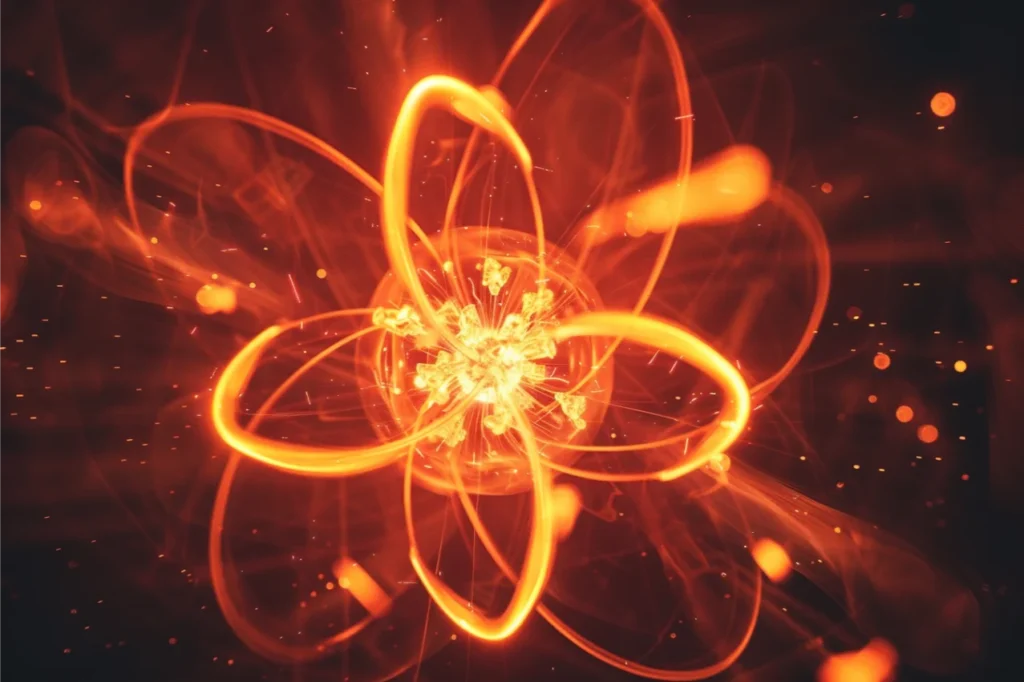
The Mechanism of Fission:
Fission can occur spontaneously within unstable nuclei or be induced by external energy or neutron bombardment, leading to a chain reaction that releases multiple neutrons.
The Dual Nature of Fission:
While fission is pivotal in generating clean energy, it is also employed in the creation of nuclear weapons, harnessing the energy released during the reaction to form devastating atomic bombs.
The Energy Release of Fission:
The energy output from fission surpasses conventional fuel sources like coal or gas by millions of times, showcasing the immense potential of nuclear reactions in powering our world.
The Radiant Side of Fission:
Alongside energy, fission releases various forms of radiation, including gamma rays and neutron radiation, highlighting the complexity and depth of nuclear reactions.
The Challenge of Radioactive Waste:
Fission byproducts, such as radioactive isotopes, necessitate careful handling and disposal to prevent environmental contamination, underscoring the importance of responsible nuclear practices.
The Versatility of Fission:
Fission occurs naturally in trace quantities in certain isotopes and is replicated in controlled experiments to serve diverse industries, providing a potent source of heat for industrial applications.
The Control Factor in Fission:
Through the use of control rods crafted from materials like boron or cadmium, the rate of fission can be managed to ensure a stable and secure reaction environment.
The Medical Marvels of Fission:
Fission plays a pivotal role in producing radioactive isotopes used in medical diagnostics and cancer therapies, illustrating its invaluable contributions to human health.
The Astral Reach of Fission:
Nuclear-powered spacecraft capitalize on fission reactions to propel themselves through space, harnessing the sustained energy generated by the process.
The Diversity of Fission Isotopes:
While uranium-235 and plutonium-239 are commonly utilized in fission reactions, other isotopes like thorium-232 can also undergo fission under specific conditions, expanding the scope of nuclear applications.
The Undersea Fission Frontier:
Nuclear submarines rely on fission reactions as an efficient and enduring energy source for their propulsion systems, showcasing the versatility of nuclear technology.
The Fiery Essence of Fission:
Fission necessitates extreme temperatures in the millions of degrees Celsius to initiate the reaction, mirroring the intense conditions found in celestial bodies like the sun.
The Timeless Aspect of Fission:
Fission aids in determining the age of natural materials through processes like carbon dating, providing crucial insights into the history of artifacts and fossils.
The Efficiency of Fission:
Compared to traditional fuels, fission yields a substantial amount of energy from a small fuel quantity, exemplifying its efficiency and potential as a clean energy solution.
The Hope in Fission:
With ongoing research and development, fission technology holds the promise of addressing the global energy crisis by offering a sustainable and environmentally friendly energy source.
Wrapping Up the Fission Saga:
In closing, the realm of fission is an enchanting realm filled with incredible wonders and transformative potential. From its humble beginnings to its pivotal role in energy production, fission continues to reshape our understanding of the atomic universe. The astronomical energy released through fission powers our world and propels us into the future. By unraveling the mysteries of fission, we gain a profound appreciation for its power and influence on our lives. Whether driving technological innovations or unraveling the secrets of the cosmos, fission remains a captivating force that shapes our world.
FAQs on Fission:
What is fission?
Fission is a nuclear reaction where an atomic nucleus splits into smaller nuclei, releasing a significant amount of energy.
How was fission discovered?
Fission was discovered in 1938 by Otto Hahn and Fritz Strassmann through experiments involving the splitting of uranium atoms.
What are the applications of fission?
Fission is utilized in generating electricity, powering submarines, spacecraft, and medical isotopes for diagnostic imaging and cancer treatment.
Is fission dangerous?
Improperly controlled fission reactions can pose hazards due to radiation exposure and potential nuclear accidents.
Can fission create nuclear weapons?
Fission plays a crucial role in the development and functioning of nuclear weapons.
Are there alternative energy sources to fission?
Yes, renewable sources like solar, wind, and hydroelectric power, as well as fusion technology, offer alternative energy solutions.
Exploring the Depths of Fission:
At Livescience.com, we are dedicated to delivering authentic and captivating content that sparks curiosity and drives knowledge. Each fact and insight shared on our platform is a testament to our commitment to excellence and reliability. Our team of editors meticulously reviews each submission to ensure accuracy and credibility, guaranteeing a rich and diverse learning experience for our readers. Trust in our unwavering dedication to quality and authenticity as you embark on a journey of discovery with us.
Let the wonders of fission illuminate your path as you explore the infinite possibilities unlocked by nuclear reactions. Embrace the marvels of science and technology as we unravel the mysteries of the atomic realm together. Join us on this enthralling quest for knowledge and be inspired by the limitless power of fission in shaping our world.
